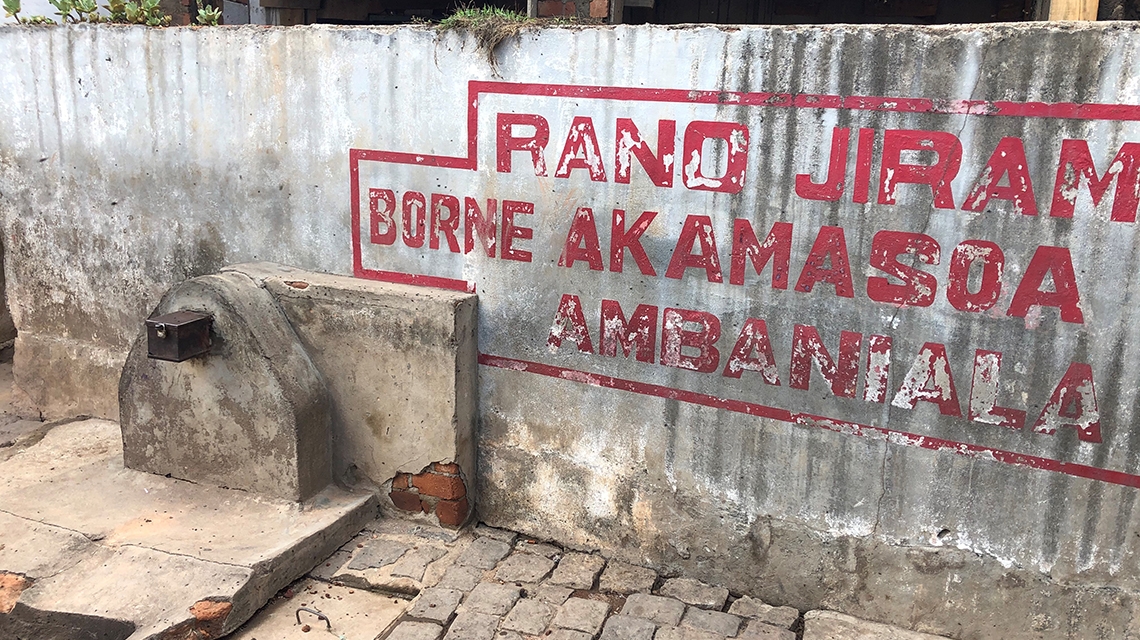Ambaniala, Madagascar – Amidst the penetrating smells of rotting and burning garbage and constantly chased by thousands of flies live the 4000 residents of Ambaniala, a village built right on the edge of the Andralanitra municipal waste dump of Antananarivo, the country’s capital. But – thanks to the use of nuclear and isotopic techniques – at least villagers now know which wells in the settlement can be used for getting drinking water and which are contaminated from effluent from the open-air landfill, which provides their livelihood.
“It is much easier now and nobody gets sick,” said Josiane Ranorosoa, a member of the village council. “Some of us need to walk further for water, but it is at least drinkable.” A few of the wells in the contaminated area are used to draw water for washing and cleaning, she added.
While access to clean drinking water is recognized as a universal human right, over 2 billion people around the world struggle to find clean water. Madagascar is one of the countries that uses nuclear techniques as one of the tools to ensure that the water people drink is clean. The theme of this year’s Human Rights Day is the involvement of youth in human rights and sustainable development – an issue dear to the heart of Ranorosoa, 23, who has been an outspoken advocate for clean water on the village council for years.
Whether the water in a well is clean or contaminated can be determined with the use of conventional chemical analysis – but such an analysis cannot reveal whether it is going to remain safe and would therefore need to be repeated constantly to provide reassurance. Understanding the flow and dynamics of the groundwater, and knowledge of whether it could contain surface water that is potentially contaminated, is only possible with the help of isotopes.
Isotopes are versions of “ordinary” atoms, containing the same amount of protons and electrons, but one or more additional neutrons. Chemically they exhibit the same behavior, but they have a different atomic weight and some of them are unstable, emitting a tiny amount of radiation, which can be measured. This way the isotopes are used as tracers by scientists known as isotope hydrologists.








